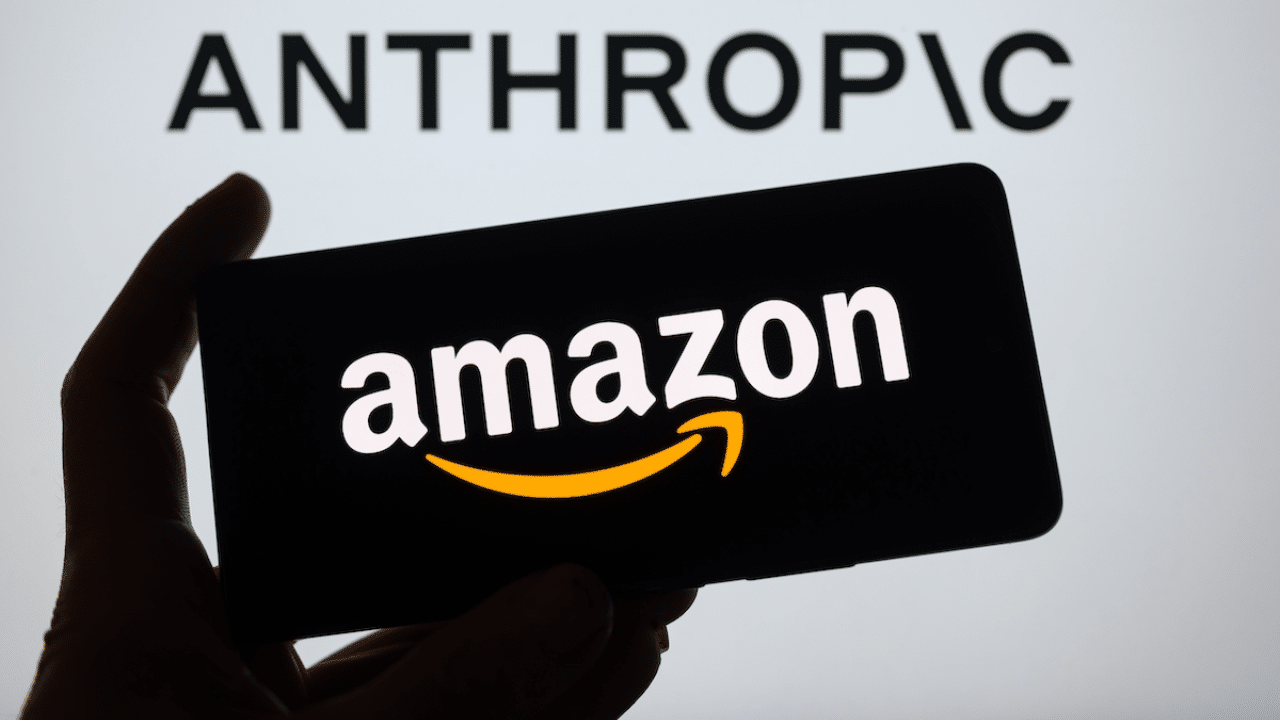The UK’s market authority launches a meticulous examination into the partnership between a leading global retailer and an AI research entity, stirring discussions about competition and innovation in artificial intelligence.
In the ever-evolving landscape of technology and commerce, the fusion of artificial intelligence with large-scale retail operations marks a pivotal shift. This transformation has caught the attention of the UK’s Competition and Markets Authority (CMA), which has recently embarked on a comprehensive investigation into the collaboration between a mammoth online retailer and a pioneering AI research company. This scrutiny revolves around concerns that this partnership may veer towards a de facto merger, thereby potentially stifying competition within the realms of AI and cloud computing.
Understanding the Investigation’s Core
The genesis of this meticulous inquiry dates back to August of 2024, spotlighting the broader implications of strategic liaisons between behemoth technology entities and innovative AI firms. Specifically, the union involving a colossal $4 billion investment and exclusive agreements has triggered alarms over the preservation of a competitive landscape within the technosphere. With a decision milestone slated for October of the same year, the phase 1 investigation seeks to ascertain if this collaborative venture infringes upon competitive norms and merits further, more granular analysis.
Scrutinizing the Partnership Dynamics
At the heart of the investigation lies the apprehension that the minority stake acquired by the retail giant, in concert with binding exclusivity arrangements, might corner AI technologies within a singular ecosystem. Such maneuvers, though not constituting a traditional merger, could inadvertently hamstring competition and contravene antitrust statutes specific to the UK. This development prompts a reevaluation of how technological consolidations are perceived and regulated, amidst growing concerns over dominance and innovation stifling within the digital domain.
Historical Context and Comparative Analysis
The ongoing scrutiny is not without precedent. The landscape of technology mergers and acquisitions has been dotted with similar pursuits, as evidenced by other tech behemoths like Microsoft and Google, through their respective acquisitions and strategic alliances. However, the distinct nature of the current investigation highlights a unique facet of the AI sector’s evolution—where the objective isn’t merely assimilation but fostering a symbiotic growth trajectory for cutting-edge AI capabilities.
Revisiting Strategic Alliances in AI
The essence of concerns swirling around such partnerships emerges from a nuanced understanding of competitive dynamics. Unlike conventional takeovers, the strategic investments under review—amounting to multi-billion-dollar commitments—raise questions about their competitive impact. These allegiances are not mundane corporate maneuvers but strategic bets on the future of generative AI and its potential to mimic human cognitive processes.
Furthermore, the acknowledgement of AI entities as formidable competitors, despite substantial investments, underscores the ambiguous territories these alliances navigate. Such relationships challenge the traditional frameworks of competition regulation, necessitating a reimagined approach towards ensuring open competition and innovation flourish simultaneously.
In this evolving narrative, the role of regulatory bodies like the CMA becomes ever more critical. As they dissect the nuances of these partnerships, their findings and subsequent actions could set pivotal precedents for how technological collaborations are gauged and governed. The unfolding of this investigation holds the promise of shaping not just the immediate competitive landscape but also the broader trajectory of innovation and market dynamics in the artificial intelligence sector.
In conclusion, the intersection of technology, commerce, and regulation stands at a critical juncture. As the UK’s Competition and Markets Authority delves deeper into the intricate web of strategic partnerships in AI, the outcomes of its investigation could resonate far beyond the confines of a single partnership, influencing the future of competition and innovation in one of the most dynamic sectors of the global economy.
